Fields liming
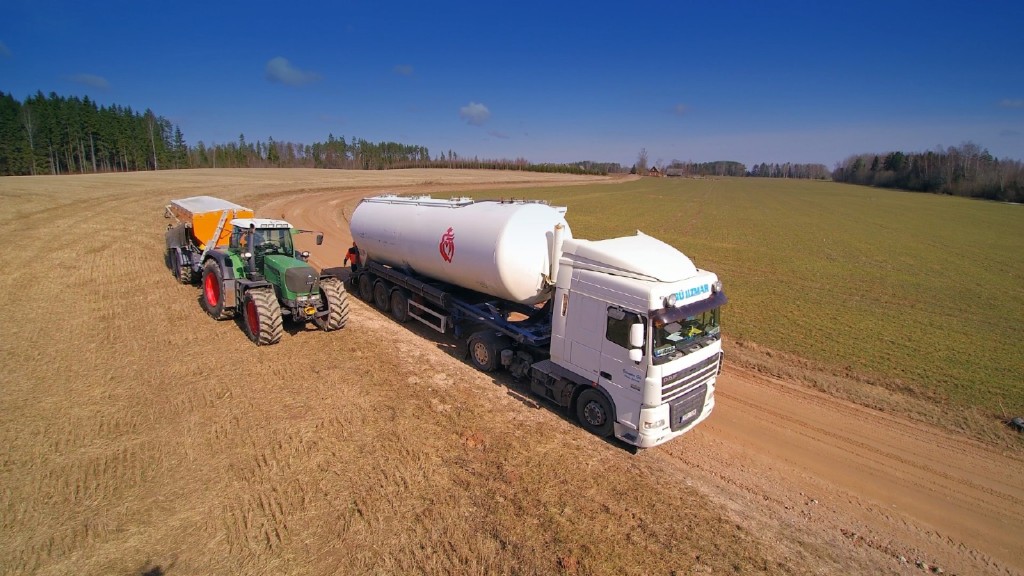
Why is liming important?
- Excessive acidity in the soil is neutralised! This helps to reduce the costs of fertilising! Calcium improves the absorption of nutrients. Owing to this, organic substances decompose quickly and plants get the phosphorus and nitrogen they need for growing.
- Liming with oil shale ash produces swift results!
- Soils are rich in calcium and plants do not get deficiency diseases.
- The soil structure is stable. Better air and water penetration combined with lower acidity helps plants germinate better and lets roots grow deeper into the earth.
- Liming facilitates certain reactions in the soil that support an increase in humus content, and the soils therefore grow more fertile.
- Soils rich in calcium have more active soil organisms that accelerate the decomposition of substances and improve soil fertility.
- Liming helps to avoid mud and soil crust, thereby increasing erosion resistance.
- The quality of crops will improve. Foodstuffs grown in a soil with balanced nutrients are better for the health.
- Liming produces large and stable crops. Calcium, humus and clay create favourable cultivation conditions and the soil stays fertile.
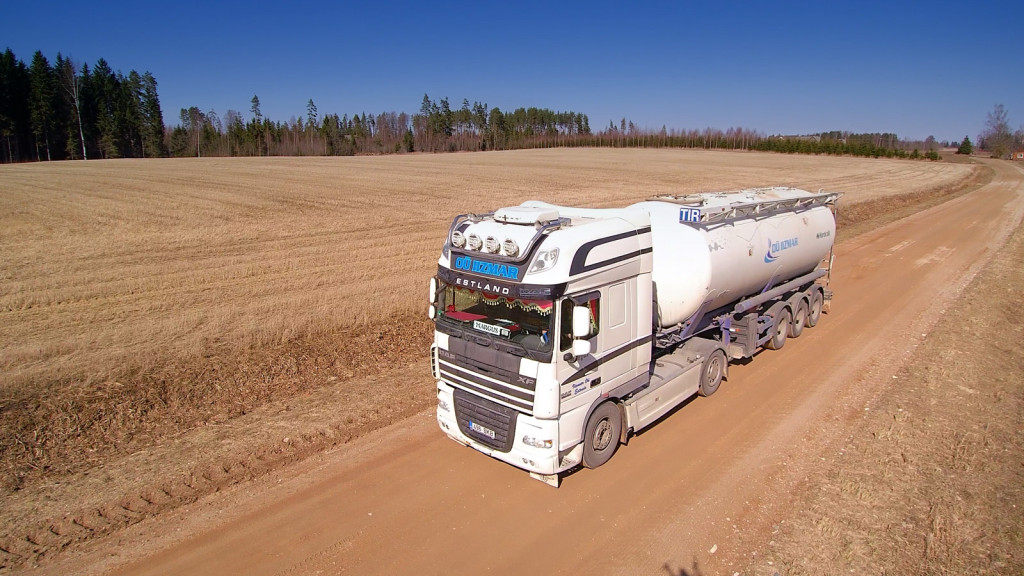
Calcium is vital for the soil and plants
Without regular liming the soil soon grows calcium deficient and turns infertile. Figuratively, soils low in calcium are suffering from a deficiency disease. This is why liming has been an important activity in agriculture for many decades.
Lime neutralises acidic soils. Owing to liming, reactions in the soil become more favourable and this, in turn, facilitates an increase in humus content that improves soil fertility.

How is liming performed on arable land?
Liming can be performed on arable land and grasslands with various bulk substances.
Iizmar OÜ in cooperation with the Kaska-Luiga farm uses oil shale ash for liming. The volumes to be used in liming fields can be determined on the basis of soil weight, acidity and calcium content.
After that the necessary soil amendment Enefix will be transported to the location and spread evenly over the surface of the field with the modern spreader Streumaster LW 212, which has a spreading auger with the width of 12 m, so that no areas with high pH levels would be created. The equipment is fitted with a modern GPS device, which guarantees a precise spreading volume, whereas the possibility of overlapping is minimal, and little of the spread substance is wasted! As the spreader has a tandem axle and wide tires, the soil compaction will be minimal.
After a correctly performed liming the acidity levels of topsoil will fall and the mobility of toxic heavy metals in the soil will decrease. Therefore, liming guarantees that plant products are healthier for both humans and animals. Liming is an efficient means for restoring the fertility of contaminated soils.
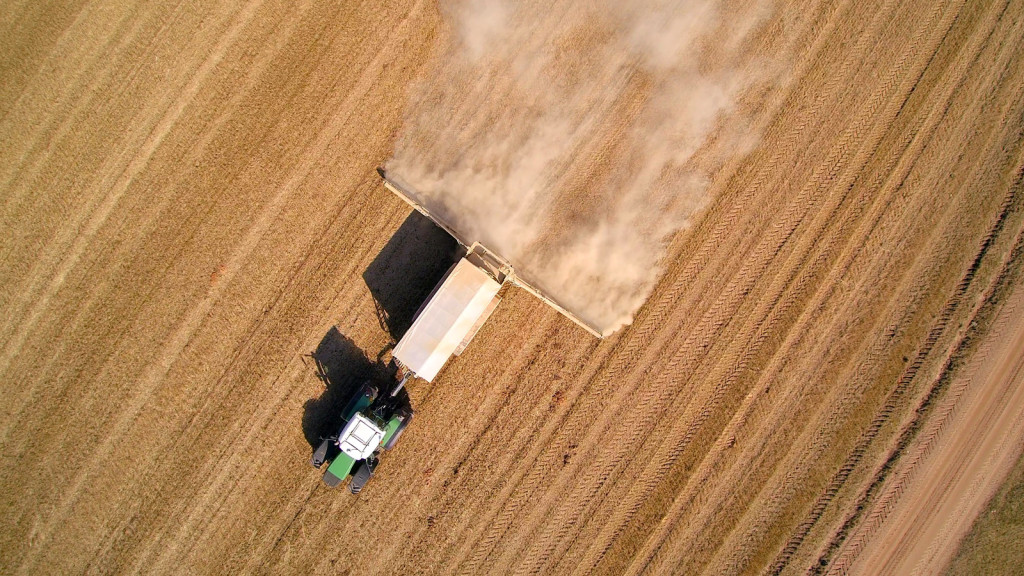
What influences the delivery price?
The main factor that influences the price of liming is the distance of the client from the location where ash is loaded, i.e., Eesti Energia Narva Elektrijaamad AS. The minimal weight of a load, a standard load, is 25 tons. In case the load weighs less, the price for the load will be calculated as if it were a standard load.
Price of transport = km * ton * transport coefficient:
- km (kilometre) calculation is based on the distance between the place of loading and unloading
- t (ton) – weight of goods
- transport coefficient that has been agreed upon.
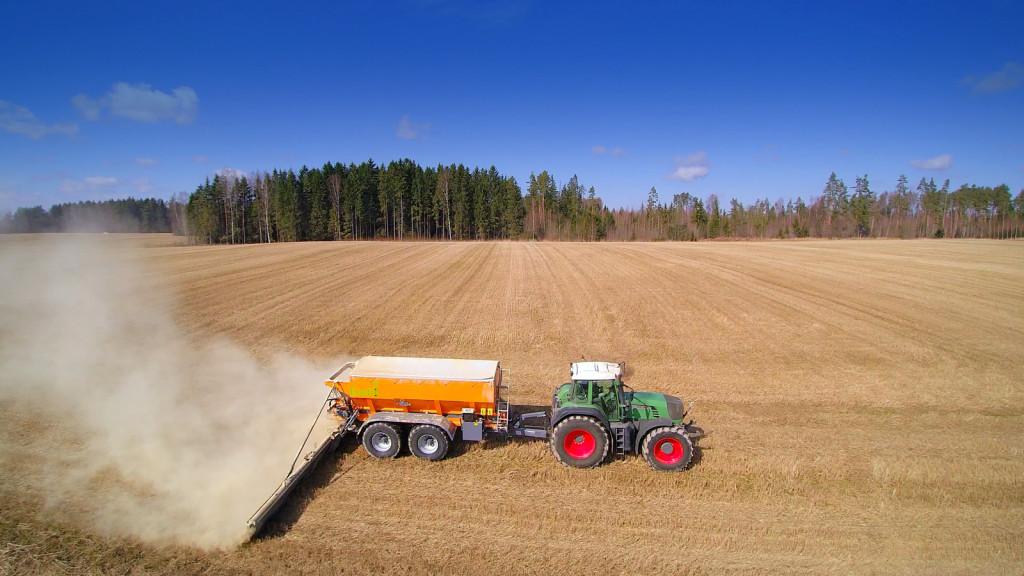


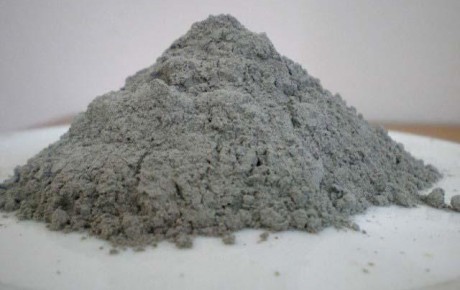 Request for offers! Affordable tank transportation.
Request for offers! Affordable tank transportation.